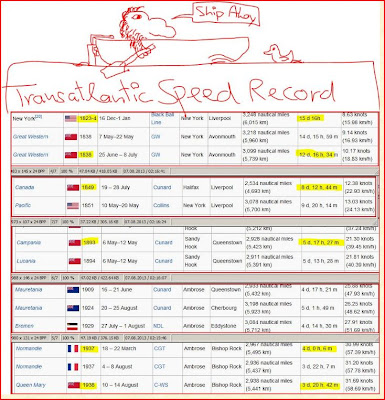Tuesday, August 6, 2013
margret fuller was annette von droste-huelshoff
same woman, some say the most well-read of her time. first woman to be allowed to use harvard library..
fought for womens rights...this whole circle of people established the legal, mainline branch of learning like harvard and the nifty colleges, but on the other hand had alters where they promoted a more transcendentalist stream of thought...for the gnostic stuff they played even diffrent persona...you´ll see in the next threads...
same profile, same hairstyle, same vivid intellect and journalistic (fuller) and poetic (droste-huelshoff) writing talent...
anette was on the "old" 20 mark banknote, before the euro came...
annette von droste-huelshoff was margaret fuller
handwriting
die judenbuche was anette´s main work...its read in public schools around 10th grade
back in the 19th century the transatlantic passage took much longer...
but they had to travel frequently...to play all their characters....the blue ribbon was awarded to the fastest transatlantic passage... packet ships 1812 to 1838 took much time, speed record eastbound from NYC to liverpool was 15 days, but normally over 30 days and westbound could even take twice the time or more.. 60 days at sea for poorer people and slower ships was not extraordinary...but these folks always had the best transport at their disposition, in all empires that ever existed on earth...even the ancient romans ("all roads lead to rome") and persians (horsback couriers, book of ester) had excellent overland capabilities, that would bridge the whole empire within a couple of days time. remember fast transport is an essential for every empire and concentration of power..
paddle ships were used 1838-1982 the fastest crossing took now 10 days eastbound. westbound not under a month. single stew steamers were used 1872 to 1889, the fastest made it eastbound in 6 days (1888)...
here a list of some of the fastest transatlantic ships of their time...
before the era of transatlantic flights with airships (zeppelin) and later airplanes started...
but until well into the 1950s and 60s big oceanliners were still commonly used...
Subscribe to:
Post Comments (Atom)









No comments:
Post a Comment